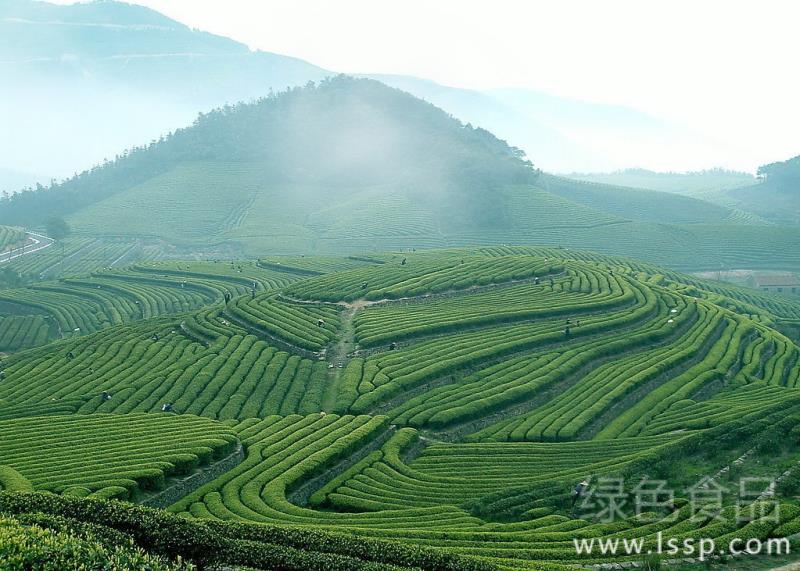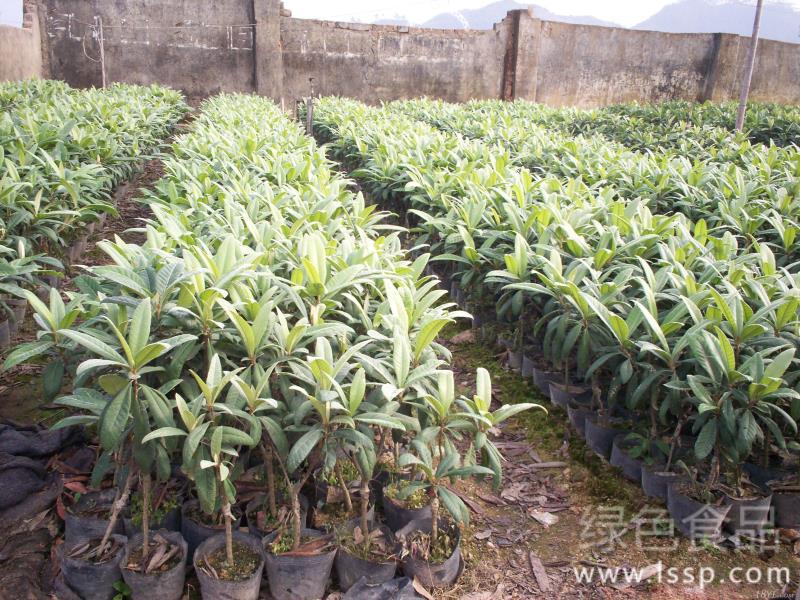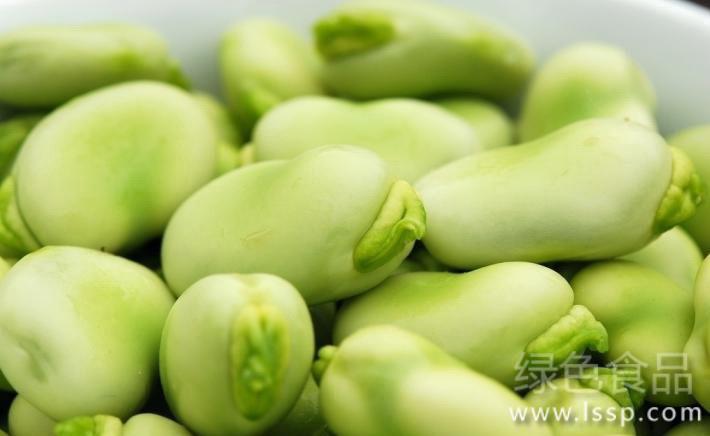Key points of Management techniques for promoting High-yield Tea Garden in Autumn and Winter

Tea garden
After a year of picking, the tea tree was greatly damaged. It is a key measure for the annual management of the tea garden to cultivate the tea garden in winter in time, which is very important for speeding up the restoration of the tree, strengthening the tree momentum and winning the high quality and high yield of tea in the second year.
According to experts, the autumn and winter management of the tea garden generally starts in October of that year and ends in February of the following year. The main technical measures are as follows:
1. Tea tree pruning. It is generally held from October to November, and the alpine tea garden can be 10-15 days in advance. Tea gardens put into production are generally trimmed once a year, and the cutting position is increased by 5-8 cm in the previous year. The tea canopy is trimmed first, and then the edge is trimmed. The tea canopy is often trimmed to a horizontal shape or tile back shape, and edge pruning requires the removal of excess branches on the edge of the tea line, leaving 30-40 cm ventilation ducts and operating lines. For low-yield tea gardens with more thin and weak branches and chicken claw branches, deep pruning should be carried out to cut off the branches 10-15 cm above the crown surface, and cut off all the chicken claw branches. After pruning, the fertilizer management of tea garden should be strengthened.
2. Heavy application of base fertilizer. Fertilization time is generally from mid-late October to early and middle November, no later than the end of November, the general principle is mainly organic fertilizer, combined with certain available fertilizer, and according to the soil fertility of tea garden to supplement corresponding trace element fertilizer, usually tea special fertilizer, cake fertilizer, human and animal manure, organic compound fertilizer, chemical fertilizer use sulfur nitrogen fertilizer, chlorine nitrogen fertilizer is prohibited. According to the soil fertility status and annual harvest of different tea gardens, formula fertilization was carried out, and the general application of organic fertilizer was about 2000 kg per mu. The yield of fresh tea leaves is less than 250 kg per mu, 12 kg of nitrogen fertilizer, 6 kg of phosphate fertilizer and 8 kg of potash fertilizer per mu; 250-350 kg of fresh leaves per mu, 11 kg of nitrogen fertilizer, 5.5 kg of phosphate fertilizer and 7.5 kg of potash fertilizer per mu; and more than 350 kg of fresh leaves per mu. 10 kg of nitrogen fertilizer, 5 kg of phosphate fertilizer and 7 kg of potassium fertilizer per mu. The method of digging trench and burying fertilizer is combined with deep turning of soil, that is, a fertilizer application ditch with a depth of 20 cm and a width of 25 cm is dug vertically outside the tea canopy, and the fertilizer is spread evenly in the ditch and then covered with soil. For cascade tea gardens, fertilizers should be applied on the inside of the steps.
3. Dig deep to weed. Tea garden deep ploughing time is generally carried out from late September to mid-October every year, the depth is 15-20 cm, deep ploughing to eradicate weeds, buried in the soil, generally can be combined with winter fertilizer.
4. Clear trenches and drain stains. A comprehensive renovation and cleaning of the tea garden drainage ditch was carried out. Tea gardens with dead tea caused by low-lying stagnant water should be reasonably trenched to ensure smooth drainage, and at the same time prepare for the coming rainy season and strictly prevent waterlogged seedlings from dying.
5. Clear the garden and spray. First of all, the litter of the tea garden was cleared out of the garden and burned or buried deeply, and then the stone-sulfur mixture of 0.5-0.8 Baume was used for spraying. When spraying, it is necessary to ensure that the tea bushes are sprayed up and down, inside and outside, the front and back of the leaves are sprayed, and the weeds on the ground and branches in the canopy are also sprayed to improve the control effect. The closure of the park ends before the end of November.
Experts warn that for tea gardens in high mountain areas, it is very important to prevent low temperature and freezing injury in winter. The common measures are as follows:
1. Rhizosphere soil cultivation: root cultivation combined with deep ploughing, usually after fertilization. Cultivate a new soil layer 8-10 cm thick at the base of the tea tree to prevent frost damage caused by root exposure. Cascade tea gardens with serious soil erosion should do a good job in soil cultivation.
two。 Tea garden grass laying: from mid-October to early November, local materials can be used to cover the rows with firewood, straw, barnyard manure and rice straw. About 1500-2000 kg of grass should be laid per mu, and the roots of tea trees should be thicker to prevent the tea garden from freezing.
3. Canopy cover: it can be covered with crop straw, weeds or film, and the mulch can be removed in time after the beginning of spring.
4. Smoke to drive frost: pay attention to the weather change at any time and use smoke to drive frost before the frost comes. The method is that when the temperature drops to about 2 ℃ before the late frost comes, the heap is ignited according to the wind direction, topography and area, so as to prevent late frost and accumulate fertilizer.
According to experts, the focus of the management of young tea gardens and nurseries is to strengthen the prevention of low temperature and freezing injury. For young tea trees, before the cold wave comes, sunshade nets can be used to cover the surface, or plastic film or straw or weeds can be covered on the sunshade net; rice straw can also be directly covered on tea bushes to protect tea trees and enhance their ability to resist frost. For the cutting propagation nursery, the work of moisture and sunshade and heat preservation should be strengthened, the integrity of the film arch shed should be checked in time before the cold wave comes, the film should be covered with the sunshade net, and the damaged film should be replaced or repaired in time. And compacted the arch shed border ditch and both ends of the film edge to prevent cold wave attack. If you encounter it, you should remove the accumulation on the awning in time.
- Prev

Loquat tree pruning methods and key points to adjust tree vigor and bear more fruits
Loquat tree pruning methods and key points to adjust tree vigor and bear more fruits
- Next

High-yield cultivation techniques of vegetable broad bean in spring
High-yield cultivation techniques of vegetable broad bean in spring
Related
- Fuxing push coffee new agricultural production and marketing class: lack of small-scale processing plants
- Jujube rice field leisure farm deep ploughing Yilan for five years to create a space for organic food and play
- Nongyu Farm-A trial of organic papaya for brave women with advanced technology
- Four points for attention in the prevention and control of diseases and insect pests of edible fungi
- How to add nutrient solution to Edible Fungi
- Is there any good way to control edible fungus mites?
- Open Inoculation Technology of Edible Fungi
- Is there any clever way to use fertilizer for edible fungus in winter?
- What agents are used to kill the pathogens of edible fungi in the mushroom shed?
- Rapid drying of Edible Fungi

